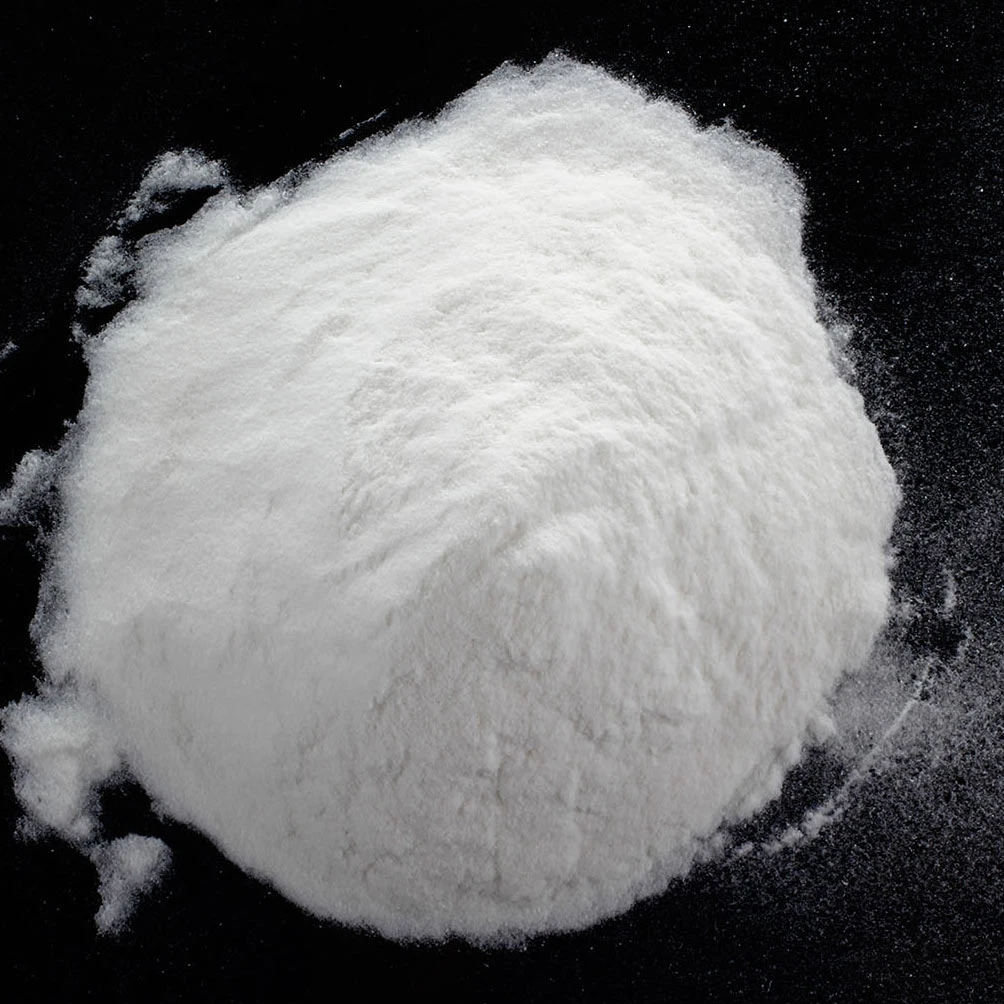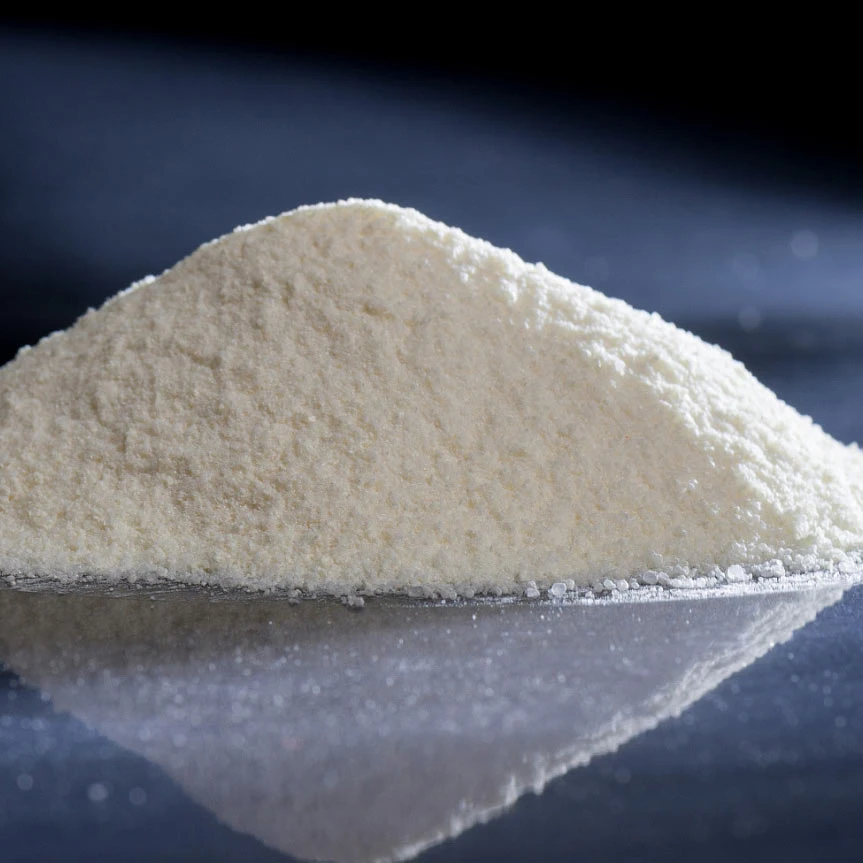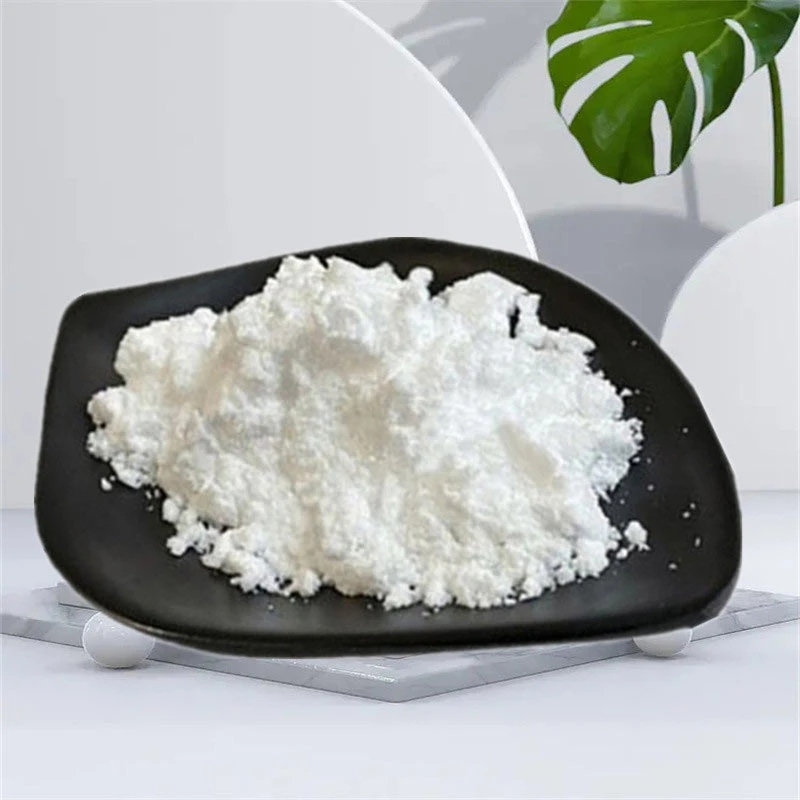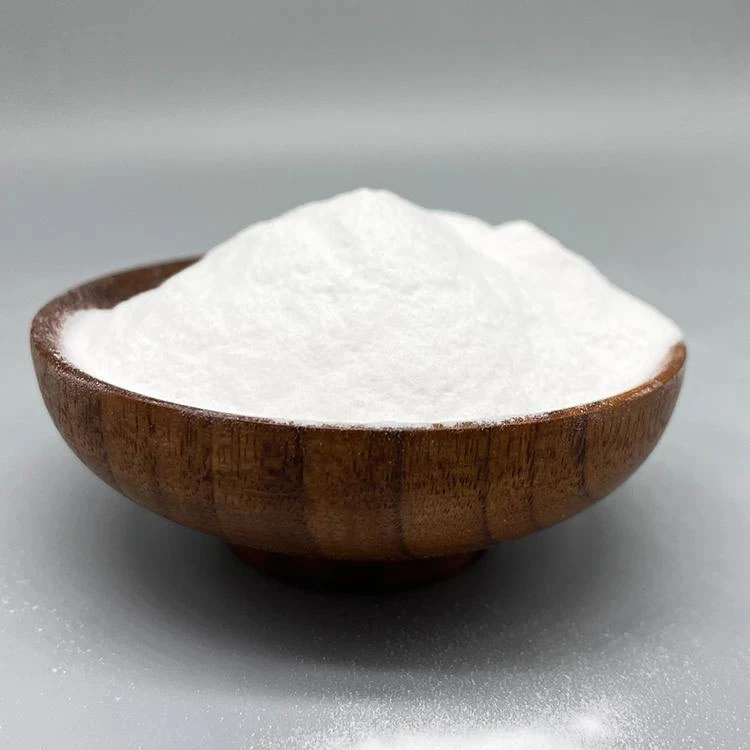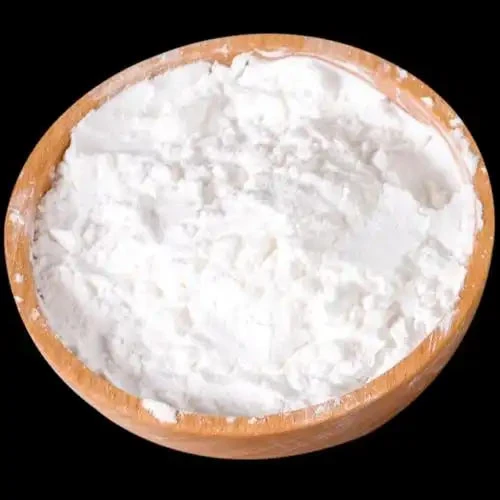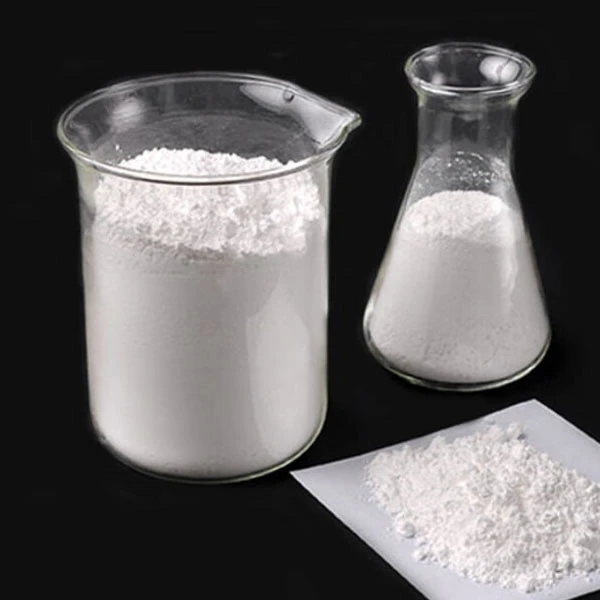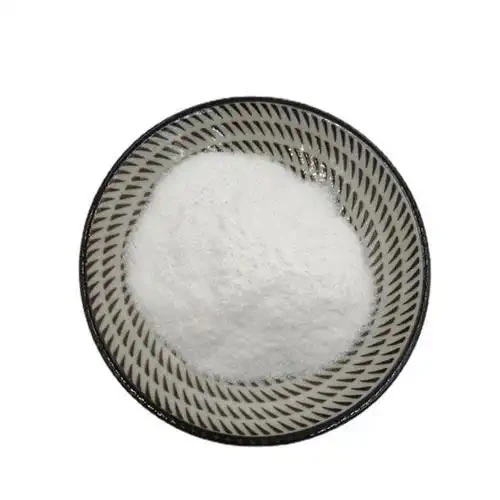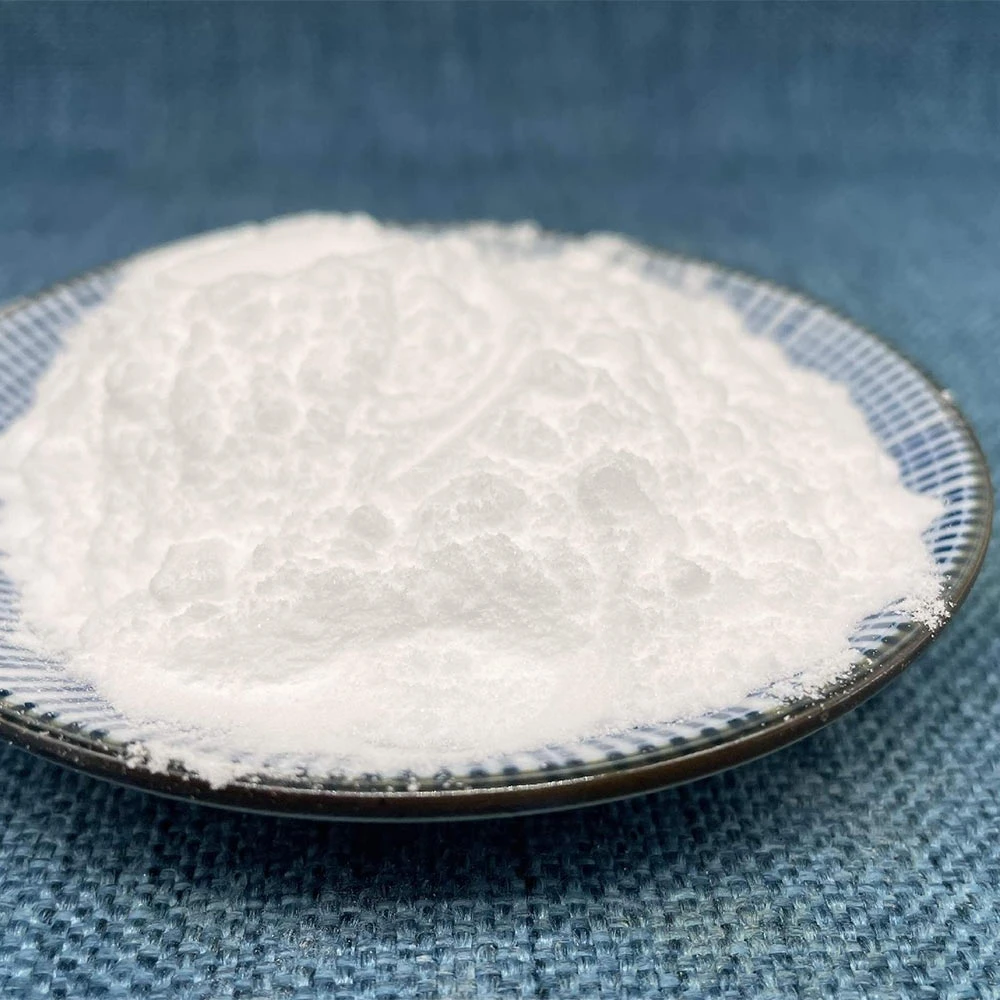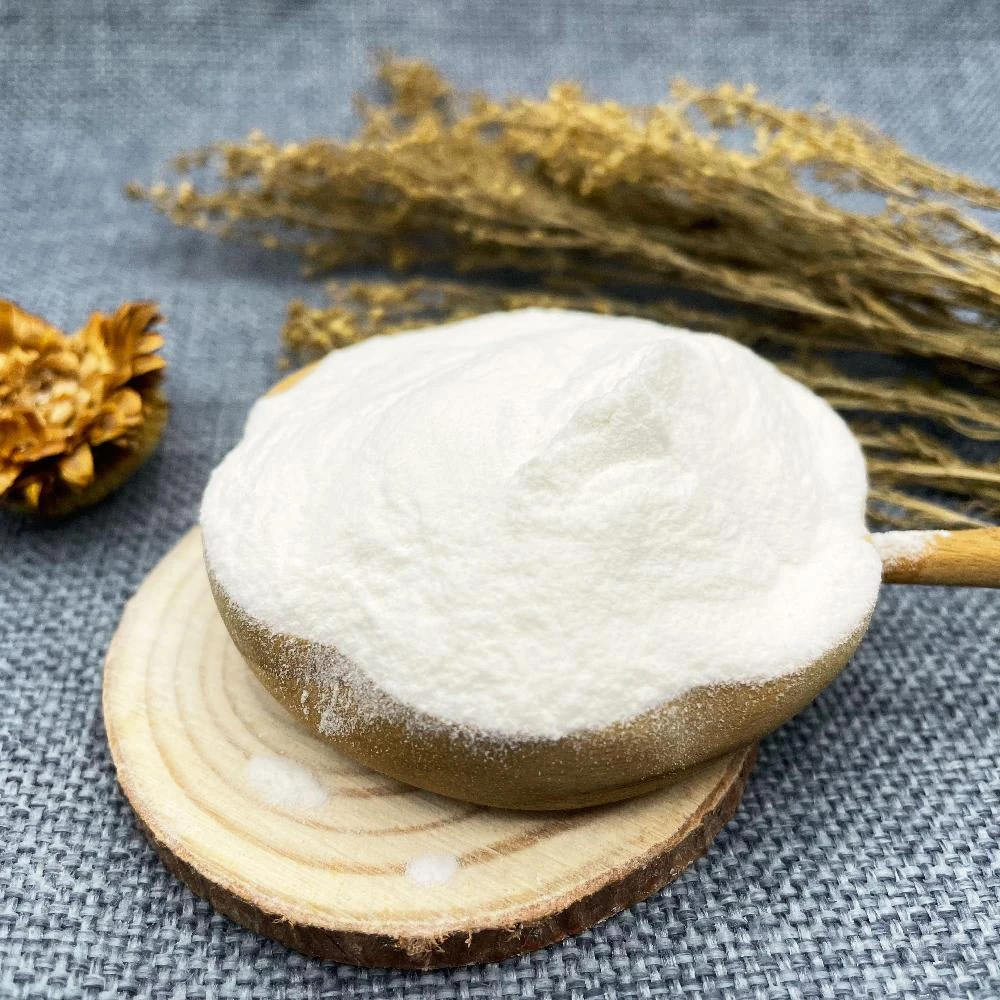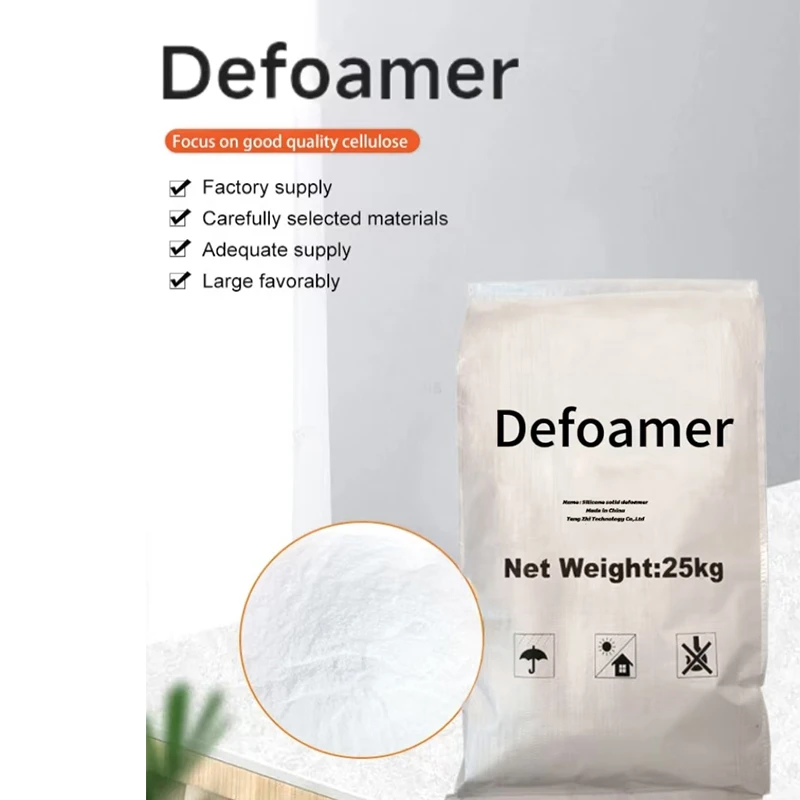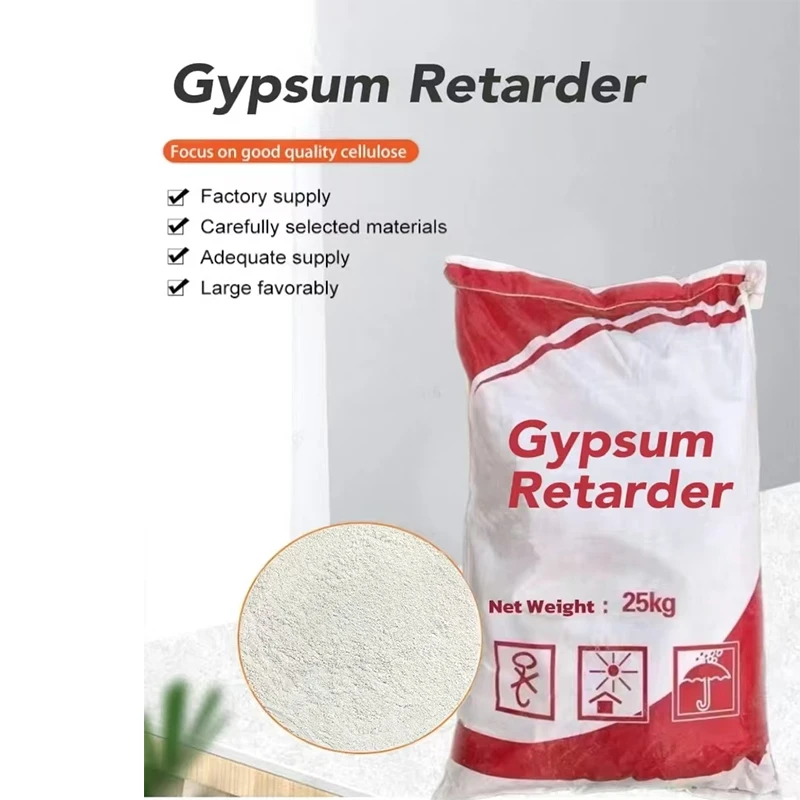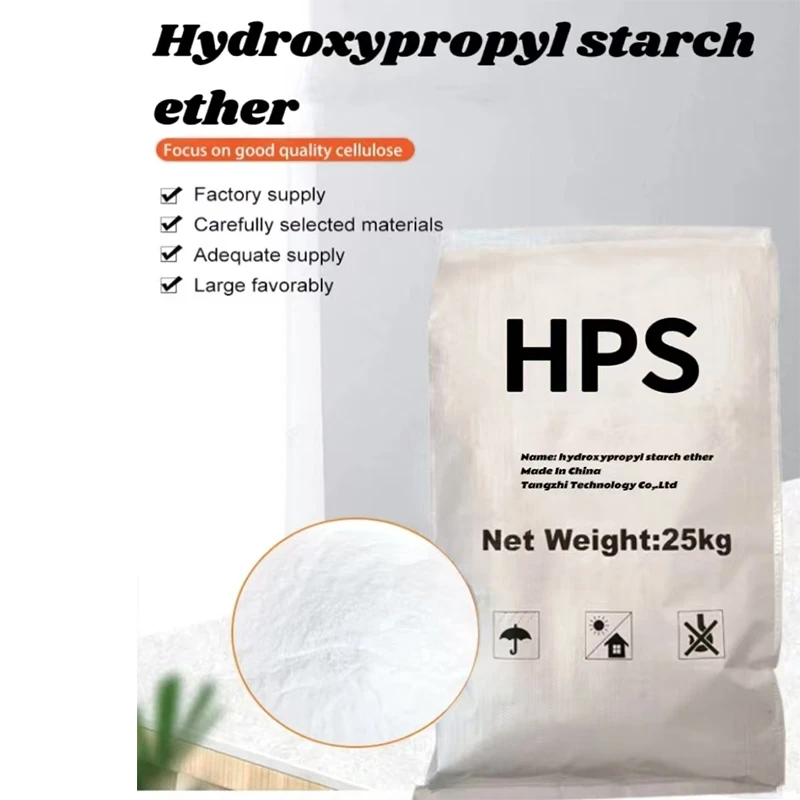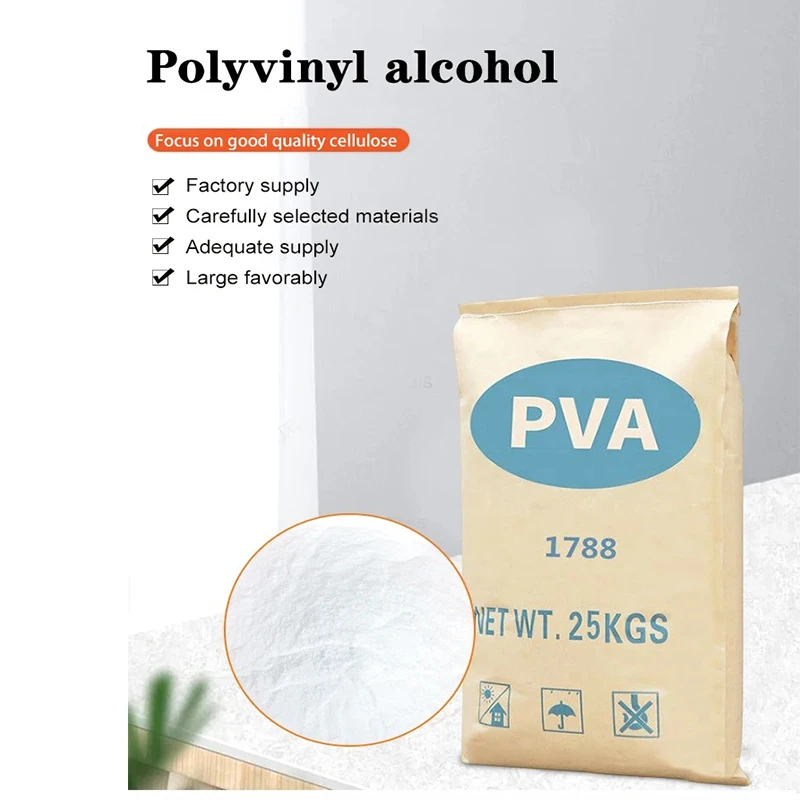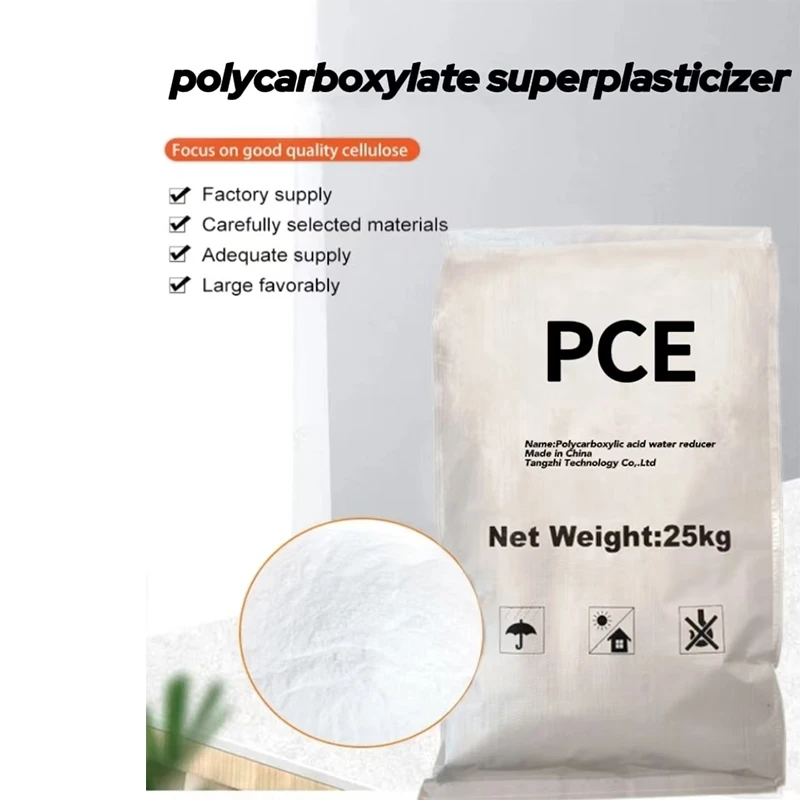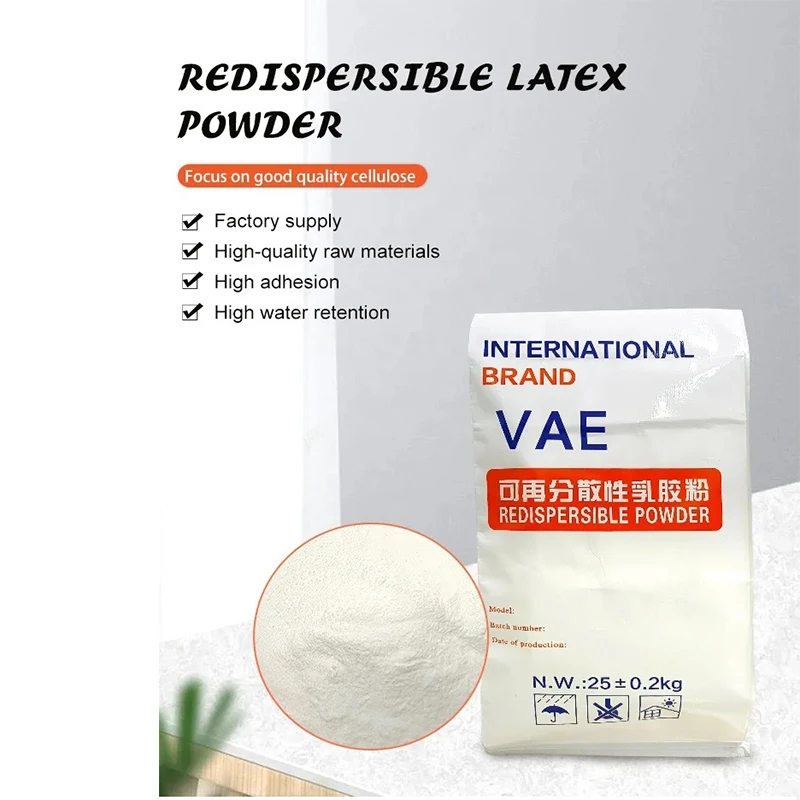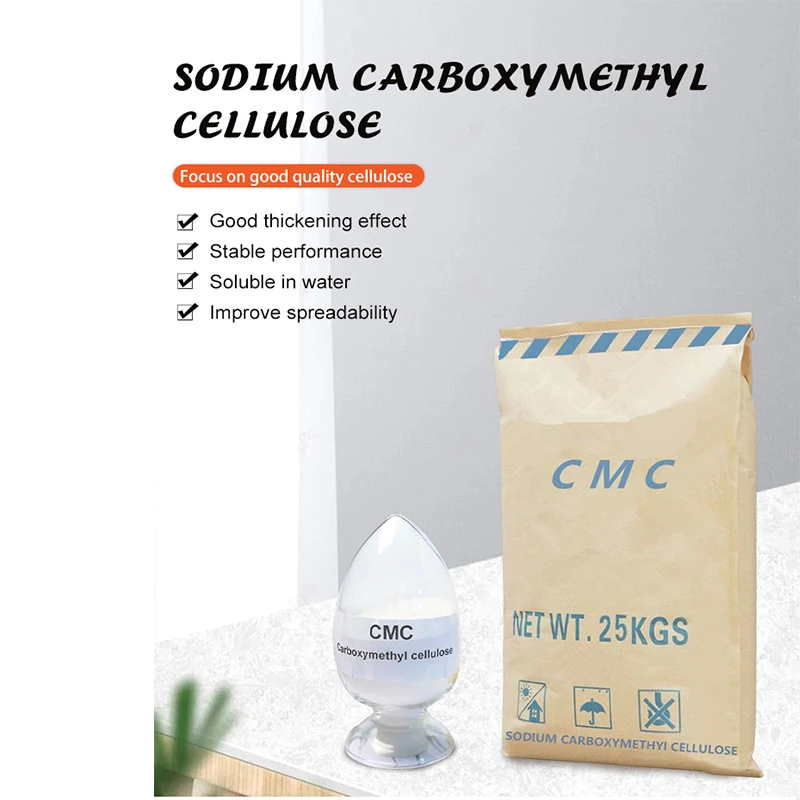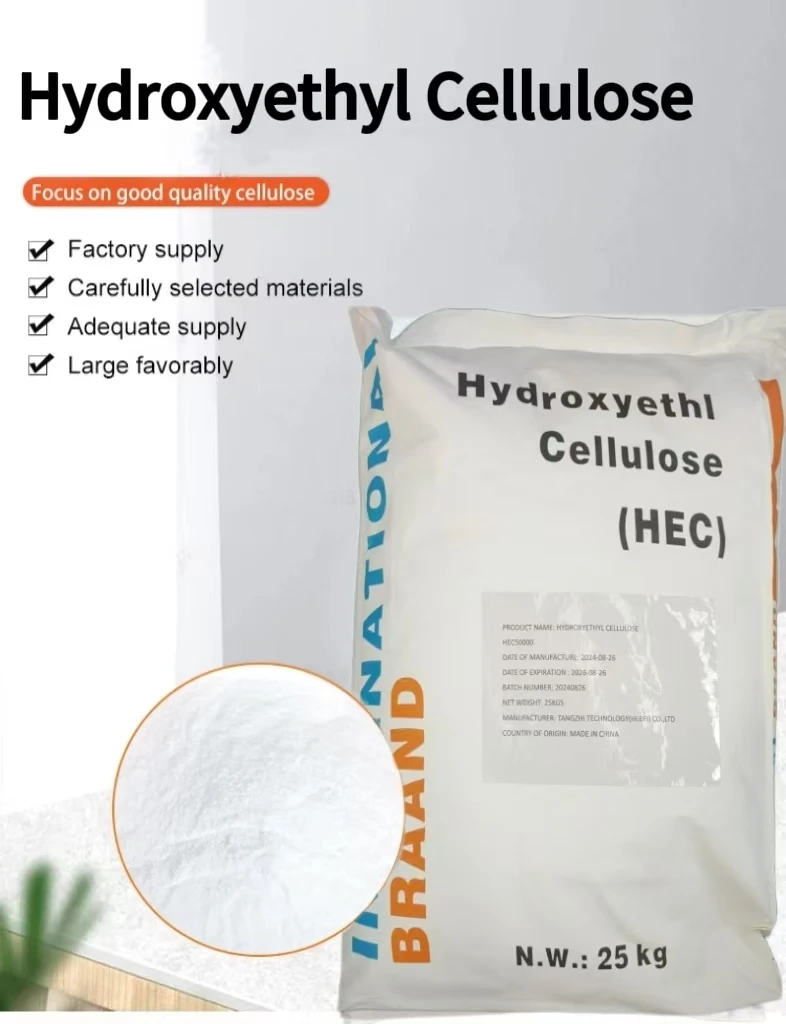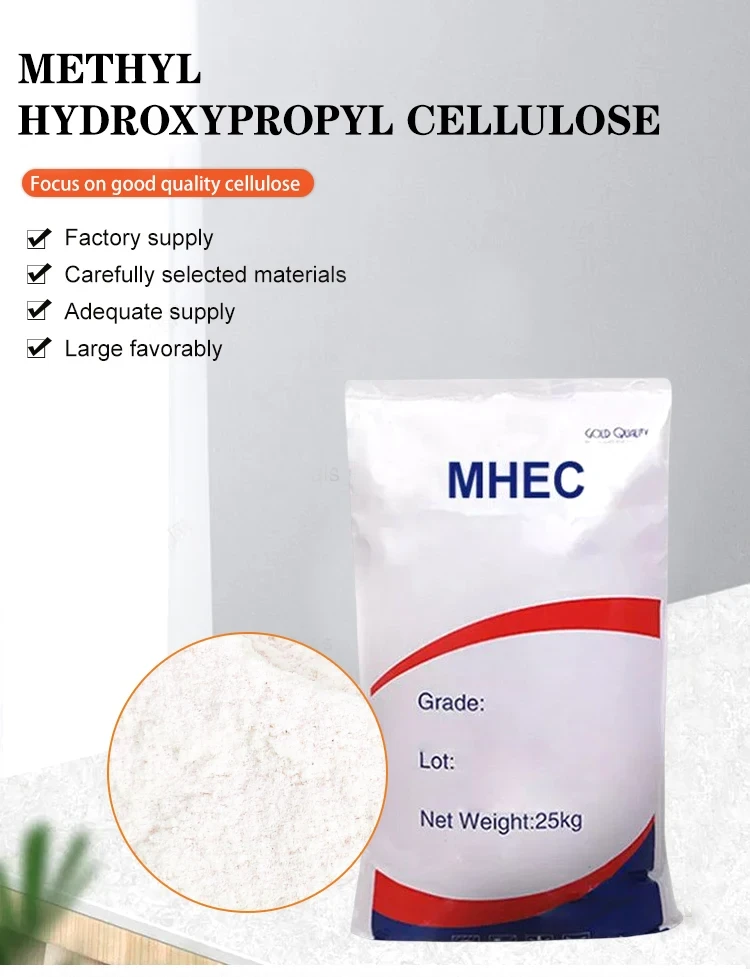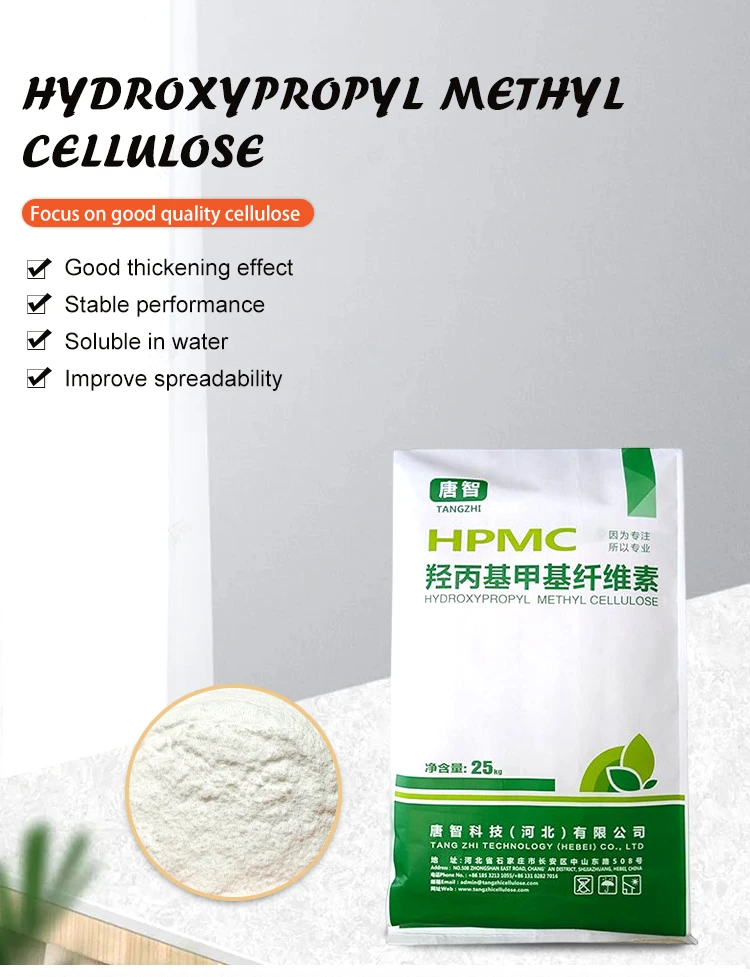
HEC vs HPMC: A Comparison of Two Essential Polymers
Hydroxyethyl Cellulose (HEC) and Hydroxypropyl Methylcellulose (HPMC) are two widely used cellulose derivatives in various industries. While both serve similar functions, such as thickening, binding, and film-forming, their properties and applications differ. The debate of HEC vs HPMC is common, especially when selecting the ideal polymer for specific uses like construction, pharmaceuticals, and coatings.

Applications of HPMC: Coating and Tile Adhesive
One of the primary uses of HPMC is in HPMC coating for pharmaceuticals, where it forms a protective layer on tablets, ensuring controlled-release of active ingredients and offering moisture protection. HPMC CAS is widely recognized for its use in such coating applications due to its stability and non-toxicity.
In construction, HPMC is essential for producing high-quality tile adhesive. The polymer’s excellent water retention capacity and ease of use make it an ideal ingredient in tile adhesives, enhancing bonding strength and workability. When mixed into the adhesive formula, HPMC helps the product remain workable for longer periods, providing time for adjustments during application.
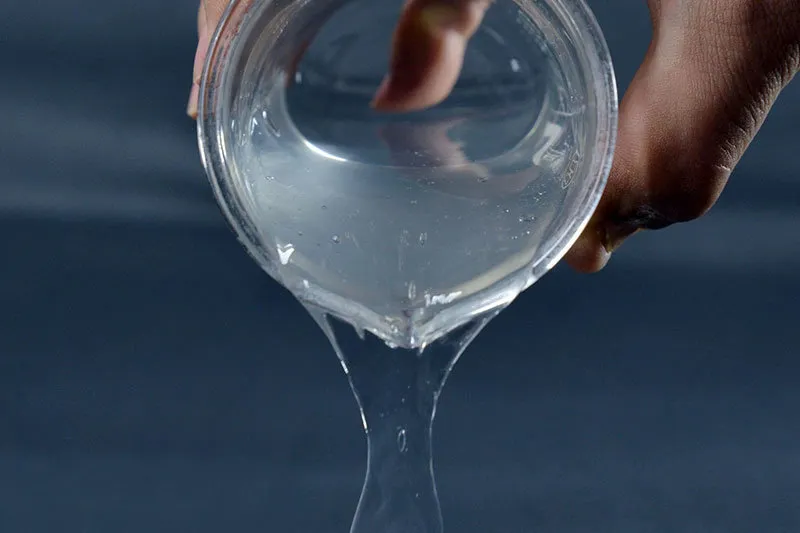
HEC vs HPMC in Gelation and Solubility
Both HEC and HPMC exhibit unique physical properties, such as HPMC gelation temperature. This temperature is crucial for controlling the thickness of HPMC-based products, particularly in construction and pharmaceutical applications. HPMC’s gelation temperature is lower than that of HEC, making it more adaptable in certain conditions.
Another significant difference is their solubility in methanol. While both polymers are soluble in water, HPMC solubility in methanol is more pronounced, which is beneficial in certain industrial processes where methanol-based solvents are required. HEC, on the other hand, has limited solubility in methanol, which can restrict its use in specific formulations compared to HPMC.
In the comparison of HEC vs HPMC, the decision often comes down to the specific needs of a project or product. For example, in tile adhesives, HPMC tile adhesive formulations are preferred for their superior performance in water retention and adhesion. Similarly, when the application involves controlled-release coatings or gelation properties, HPMC is often the superior choice.
In conclusion, while both HEC and HPMC serve vital roles across industries, HPMC is favored in applications like coatings, gelation, and tile adhesives due to its versatile properties and performance. Understanding the distinctions between the two will help in selecting the most suitable polymer for any given application.
-
Understanding Water Reducing Admixture Types: A Complete Guide to PCE Polycarboxylate Ether SolutionsNewsJul.11,2025
-
The Ultimate Guide to Wholesale Powder Water Reducing Admixture CP1000 for Concrete SolutionsNewsJul.11,2025
-
The Ultimate Guide to Water Reducing Admixtures for Concrete: Types, Applications, and Market InsightsNewsJul.11,2025
-
The Ultimate Guide to Redispersible Polymer Powder (RDP): Types, Applications, and Market InsightsNewsJul.11,2025
-
Boosting Strength, Workability, and Efficiency with Modern SolutionsNewsJul.11,2025
-
A Complete Guide to Redispersible Polymer Powder (RDP): Properties, Manufacturing, and Market InsightsNewsJul.11,2025

